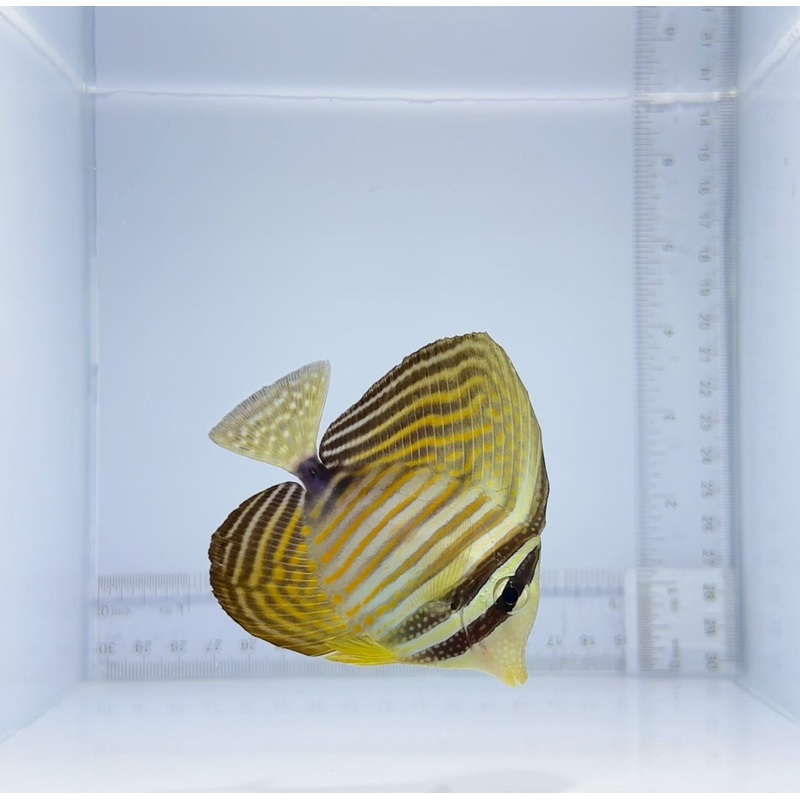 Sale!
Sale! Desjardini Sailfin Tang Fish
- $199.99
- $100.00
WYSIWYG - Approx. Size: 3 InchesIntroduction to Saltwater TangsTangs, also known as Surgeonfish, are active, fast-swimming herbivores known for their bold coloration, streamlined bodies, and role in controlling algae growth. Found in coral reefs worldwide,
- 100% Happiness Backed or Your Money Back
- Free Delivery on 30+ Orders
- 60-Day Hassle-Free Returns
WYSIWYG – Approx. Size: 3 Inches
Introduction to Saltwater Tangs
Tangs, also known as Surgeonfish, are active, fast-swimming herbivores known for their bold coloration, streamlined bodies, and role in controlling algae growth. Found in coral reefs worldwide, tangs require large aquariums with strong water flow to accommodate their constant movement and grazing habits.While peaceful toward most tankmates, tangs can be territorial and aggressive toward other tangs, particularly those of the same genus. They are best suited for well-established reef tanks with ample swimming space and hiding spots.
Care Requirements
Care Level: Moderate Requires large tankMinimum Tank Size: 75 180+ gallonsSmaller species (e.g., Kole Tang) 75+ gallonsLarger species (e.g., Achilles Tang, Blue Hippo Tang) 125-180+ gallonsAquarium Setup: Requires open swimming areas, rockwork for hiding, and high water flowTangs are strong swimmers that thrive in environments with high oxygen levels and strong filtration. They are prone to stress-related illnesses like Ich, making stable water parameters essential.
Diet & Nutrition
Tangs are herbivores that require a diet rich in plant-based foods for optimal health and vibrant coloration.Diet: Herbivorous Prefers marine algae, seaweed, and plant-based foods
Recommended Foods:
Nori and seaweed sheets (offered daily)Spirulina-based flakes and pelletsBlanched vegetables like zucchini and spinachOccasional protein-based foods like mysis shrimp for varietyA nutrient-rich diet prevents nutritional deficiencies and lateral line erosion (HLLE), a common issue in tangs.
Lifespan & Growth Rate
Lifespan: 8-20+ yearsGrowth Rate: Moderate to Fast Many species reach 8-12 inchesTangs require long-term care and proper nutrition to reach their full lifespan and size.
Temperament & Compatibility
Temperament: Semi-Aggressive Generally peaceful but territorial toward other tangsReef Safe? Yes Does not harm corals or invertebratesTangs do well in reef aquariums and community tanks with:ClownfishWrassesAngelfishLarge gobiesThey may become aggressive toward other tangs, especially those with similar body shapes or coloration. Introducing multiple tangs at once in a large tank can help reduce aggression.
Common Challenges & Considerations
Prone to Marine Ich: Tangs are susceptible to Ich and other parasites, so quarantine before introducing to display tanks.Territorial Behavior: Can be aggressive toward new tangs, requiring careful introduction.Water ConditionsTemperature: 74-80FdKH (Alkalinity): 8-12pH: 8.1-8.4Specific Gravity: 1.020-1.025Tangs thrive in high-quality reef conditions with strong filtration to support their active swimming habits.
Color Varieties & Popular Species
Tangs come in a wide range of colors and patterns, making them one of the most visually striking fish families in the hobby.Yellow Tang (Zebrasoma flavescens) Bright yellow body, one of the most popular reef fishBlue Hippo Tang (Paracanthurus hepatus) Electric blue body with black markings, also known as the “Dory” fishKole Tang (Ctenochaetus strigosus) Brownish body with blue highlights, a fantastic algae grazerAchilles Tang (Acanthurus achilles) Black body with orange crescent tail, one of the most challenging tangs to keep
Cost:
$25
Free Shipping:
We offer free shipping on orders over $30. Please check the free - shipping eligibility at checkout.
Delivery Time:
It usually takes [3-5] business days for standard shipping. Please note that this is an estimated time frame and may be affected by local holidays, and unforeseen circumstances.


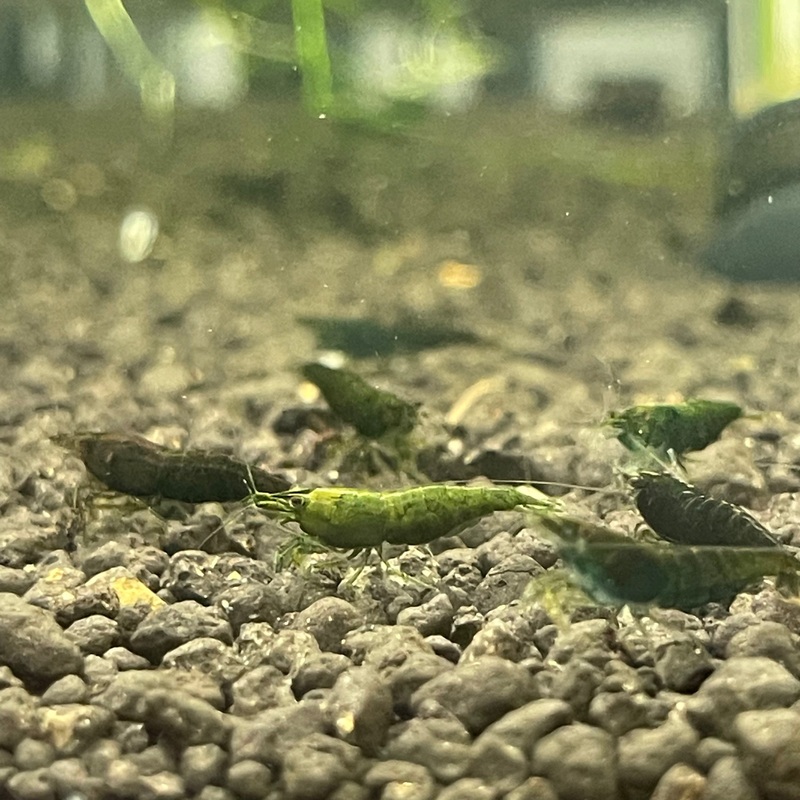
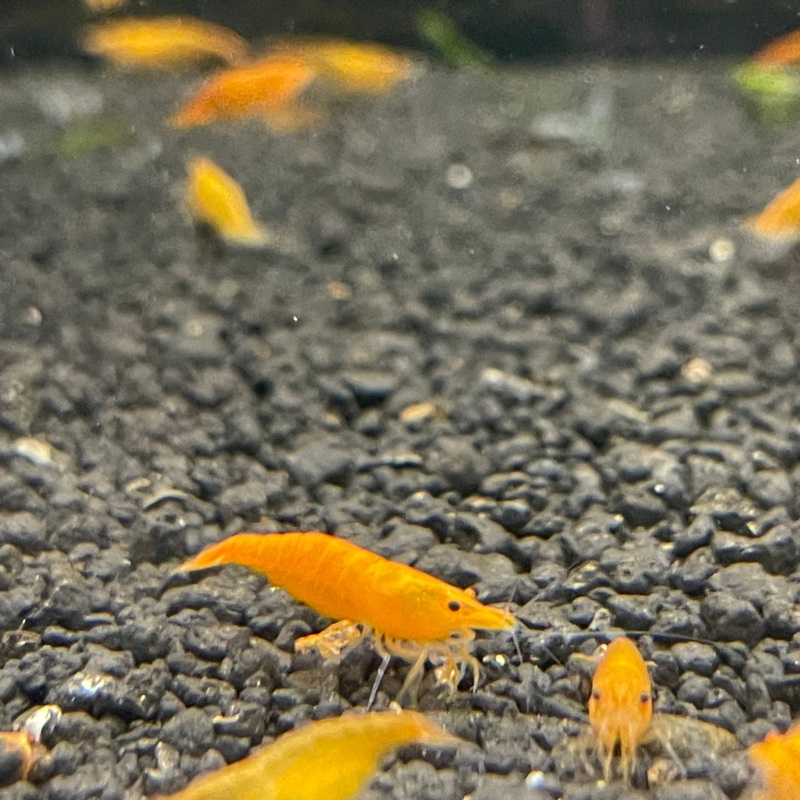
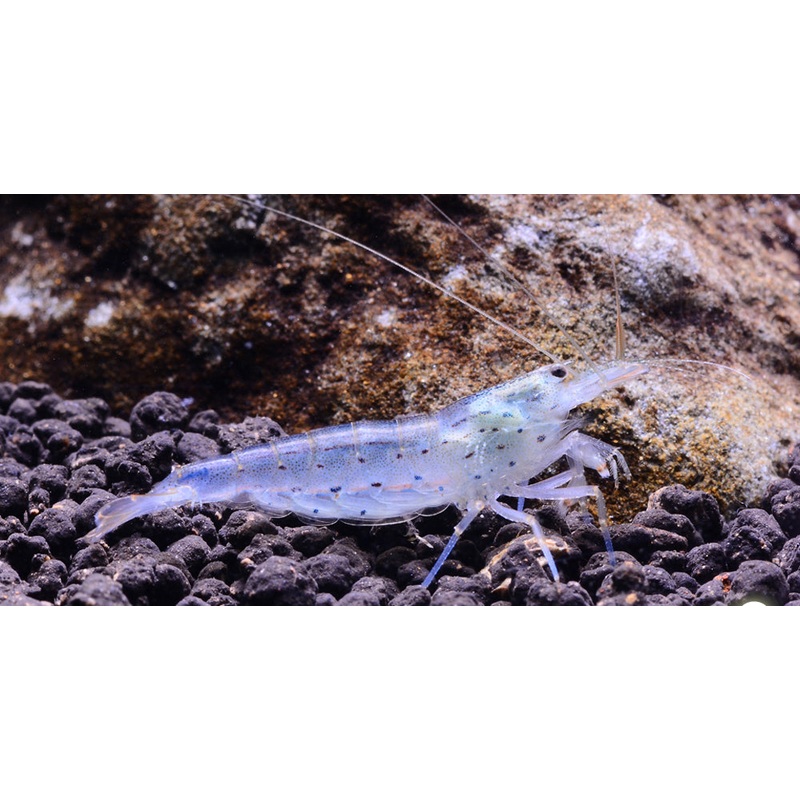
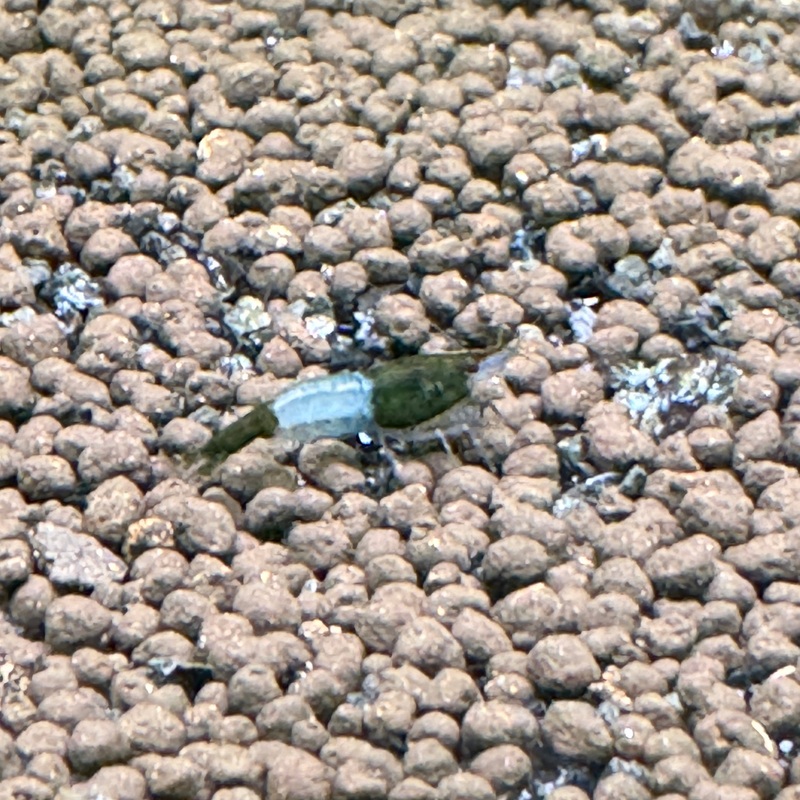
Reviews
There are no reviews yet.